Post-soviet subdivision: resurface after a fall
Recovery of combat capabilities underwater fleet - One of the priorities of the military-technical policy of Russia. At the same time, the requirements for the structure of the Russian submarine are in many respects different from those for the submarine fleet of the US Navy, and are determined by the geopolitical position of Russia. The key difference between the Russian submarine fleet is the fundamental bet on maintaining a strong anti-ship component in its composition - the connections of large surface ships of the “probable enemy” are still considered as the most probable target for Russian submarines. In addition, the requirement to maintain the potential of the naval part of strategic nuclear forces remains unchanged.
Float as a countermeasure
The submarine fleet historically occupies a special place in the composition of the naval forces of our country. After the end of World War II and the beginning of the "cold war", it was the connection of the submarine that allowed the Soviet Union to challenge the sea power of Western civilization led by the United States, which inherited from the British Empire the burden of the ruler of the seas. The reason for such a bet on the submarine was simple: the creation of a balanced surface fleet capable of gaining dominance at sea in direct confrontation with the US Navy and its allies would have taken decades and threatened to be an unbearable burden for a country ravaged by war. At the same time, the construction of a powerful submarine fleet made it possible to create a real threat to the global maritime trade and to the naval forces of the West rather quickly and at an acceptable level of costs. This was confirmed, in particular, by the experience of the two world wars.
In the future, despite the strengthening of the USSR economy and the growth of its industrial potential, the priorities in the creation of the fleet did not undergo major changes. The surface fleet, which by the end of the 1970s surpassed the US Navy in terms of total strength, was still focused mainly on missions in the seas adjacent to the USSR borders, with a relatively small component of the ocean zone. The basis of the strike power of the USSR Navy was a large submarine fleet, the value of which increased especially after the appearance of nuclear submarines (NS) and especially strategic missile submarines (SSBN) with ballistic missiles on board.
At the end of the 1980s, the USSR Navy had more than 300 submarines [1], including 64 nuclear and 15 diesel submarines with ballistic missiles of various ranges, 79 carriers of cruise missiles (including 63 nuclear), about 80 nuclear and about the same number of diesel torpedo submarines.
At the same time, due to insufficient development of the base infrastructure and boat maintenance, they could not be used with sufficient efficiency: the operating voltage (KOH) ratio of the Soviet sub-base did not exceed 0,2 – 0,25, i.e. at any given time, no more than 20 – 25% of combat-ready submarines were in the sea. The number of these submarines varied greatly depending on the subclass and the specific project - there were more of them on developed projects, fewer on newer types and those completing their careers. On average, approximately 2 / 3 of the submarine fleet were constantly on alert. The remaining third stayed in repair, on modernization, mastered by the crew after commissioning or, on the contrary, was preparing to write off.
The current State Armaments Program for the period 2011 – 2020. implies serious costs for the fleet (over 4 trillion rubles), of which a considerable part will go to the sub-melt. Major naval expenses are planned for the period after 2025.
Analyzing the structure of the Soviet submarine fleet, it should be noted a significant proportion of specialized carriers of cruise missiles (up to a quarter of the composition), in the overwhelming majority of those oriented to the performance of anti-ship targets. Such a composition was naturally determined by the nature of the tasks of the Navy, among which the main ones were two: to ensure, in the case of a relevant order, a nuclear strike on the enemy’s territory and, until the war turned into a “nuclear Armageddon”, to maximally complicate the operations of its surface fleet and sea cargo transportation.
The collapse of the USSR - the collapse of the fleet
The collapse of the USSR led to the rapid reduction of the Navy, including the sub-melt: by the middle of the 1990-s its payroll number had decreased by about half. Currently, the fleet is about 60 boats (excluding special purpose underwater vehicles and their carriers), i.e. about five times less than at the end of 1980's. The share of combat-ready submarines has also decreased: according to some non-public assessments, no more than 25 – 30 boats can perform combat missions, i.e. about half of the total. The operating voltage ratio due to the degradation of coastal infrastructure is still low, even despite the decrease in the total number of boats. Thus, no more than 6 – 8 submarines of the Russian fleet can be at the same time at sea. In the 2000's, Russia was not always able to maintain a permanent combat service of strategic missile submarines, which were mainly forced to keep watch “from the pier”.
The current State Armaments Program for the period 2011 – 2020. implies serious costs for the fleet (over 4 trillion rubles), of which a considerable part will go to the sub-melt. Large navy expenditures are planned for the period after 2025. In 2010 – 2020, the fleet should receive a total of up to submarines 35 – 36 and non-nuclear submarines (20). The total costs of the sub-melt at current prices can amount to at least 1,7 trillion rubles. without taking into account the modernization of submarines of Soviet construction. At the same time, in anticipation of the arrival of new boats, the fleet intends to modernize the old ones remaining in service. In general, the quantitative parameters of the update are comparable with the corresponding parameters of the US Navy. By 2030, the Americans are planning to build up to 30 atomic multi-purpose submarines of the Virginia type and to begin building new-generation nuclear submarines. In this regard, of interest are the differences in the structure of the Russian and American underfloat, due to different combat missions.
The format of the submarine forces of the Russian Navy in the form in which it was originally defined by the state weapons program for 2011 – 2020, involving the construction of 8 SSBN (955 “Borey” project), 7 – 8 multi-purpose rocket carriers (885 “Ash” project) and 10 –12 non-nuclear submarines could not be called balanced. With adequate rates of replacement of SSBNs and non-nuclear submarines, this program in its original form threatened with a serious reduction in the number of atomic multi-purpose boats. Today, the Russian Navy has 27 multipurpose submarines of 949А, 971, 671РТМК and 945 / 945А projects, much of which will be written off due to physical obsolescence over the next 10 – 12 years.
Replacing the output boats of the entire 7 – 8 “Ash” is hardly possible - with all the respectable characteristics of this project “Ash”, like any other submarine, not able to be in several places at the same time to fill the “holes” formed by a sharp reduction fleet. At the same time, it is also unrealistic to increase the volume of construction of “Ash” to at least 15 units to 2025 due to the high cost (exceeding 100 billion rubles per unit) [2] and the complexity of boats of this type.
In this situation, the following conclusion suggests itself: it is necessary to develop a new, less ambitious and cheaper project that could replace multi-purpose boats withdrawn from the fleet in a one-to-one ratio.
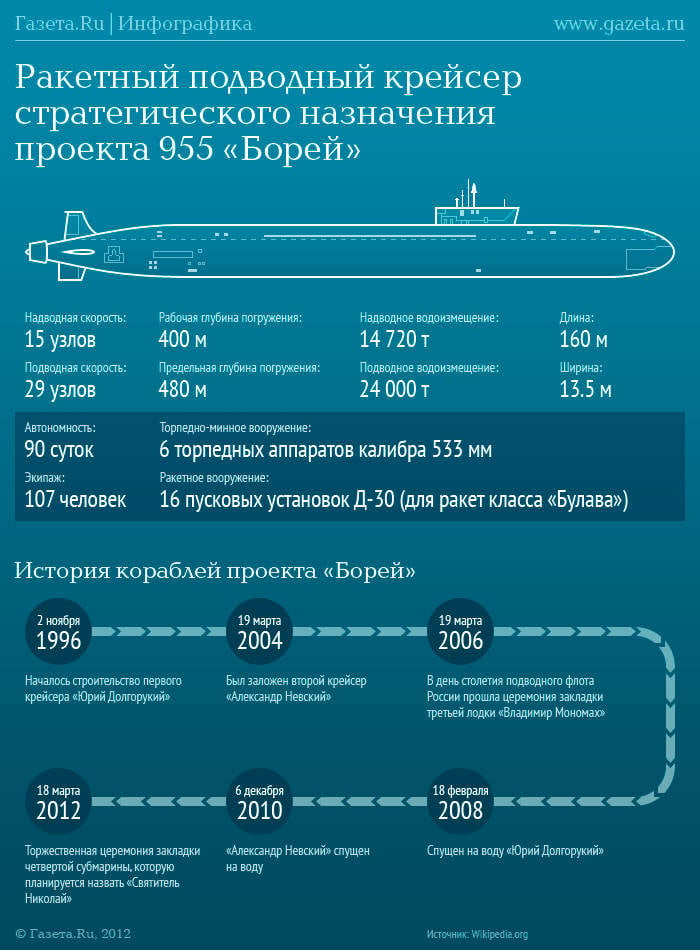
As a result, this decision was made. In early July, 2013, some media reported with reference to competent sources in the United Shipbuilding Corporation reported that a new nuclear submarine is being developed for the Russian Navy, which is intended to replace the submarines of the Soviet projects 671, 971 and 945. The main tasks of the new boat will be to protect their SSBNs from attacks from enemy multipurpose submarines and to hunt enemy missile carriers in their patrol areas.
Such specialization allows us to speak of a new boat as a “submarine fighter”, sharpened, above all, for battles with its own kind. At the same time, the development of modern missile weapons will allow them to retain a certain strike potential on these boats, albeit more modest than on the Ash trees carrying cruise missiles of various types up to 32 in 8 universal launchers.
The characteristics of the promising project have not yet been announced, but according to unofficial data, the promising submarine fighter will have an underwater displacement within 6 – 7 thousand tons (versus 13 – 14 thousand tons in “Ash”), the speed within 30 nodes and armament from 4 – 6 torpedo tubes and 8 – 12 cruise missiles in universal launchers. The cost of such a submarine should fit into the framework 50 – 60 billion rubles. at current prices.
A less powerful power plant and a simplified composition of armaments should allow these submarines to be built at a faster rate. It is assumed that the construction of the main building of the new project could begin in the coming 2 – 3 of the year. With normal funding, it can be put into operation for 2020 – 2021. Serial construction, deployed in several factories (besides Sevmash, it is technically possible to do this at the Admiralty Shipyards, Amur Shipbuilding Plant and, possibly, at the Krasnoye Sormovo Plant), will allow commissioning new fighters to 2030 before 20. However, even 10 – 12 new boats in combination with the “Ash” and modernization of the most “fresh” submarines of the Soviet projects will serve as a very serious replenishment of the fleet.
American approach: similarities and differences
The problem that the Russian Navy is solving today has been solved a little earlier by the US Navy, which, after the end of the Cold War, also faced a sharp reduction in allocations and rising costs of submarines of new projects.
In the 1990's, the American fleet abandoned the serial construction of the Seawolf-type submarines - large, heavily armed and high-speed submarine cruisers. The choice was made in favor of a less ambitious project - a project of the Virginia type boats. The three “sea wolves” built in the 1990s instead of the 30s planned (the last one — Jimmy Carter — in the special boat version) did not continue. At the same time, the boats of the Virginia (the construction of the first one was begun in 1999) were replicated already in 10 specimens. As already mentioned, the US Navy expects to receive at least 30 boats of this type to replace obsolete Los Angeles-type submarines.
The structure of the American sub-fusion is quite simple. Its combat potential lies in two sub-classes of nuclear submarines: nuclear submarines with ballistic missiles (SSBN - SSBN) and multipurpose nuclear submarines - "fighters", aimed primarily at hunting for enemy submarines and firing of coastal missiles (SSN - PLA) as an extra feature. The capabilities of cruise missiles, assessed during the 1990 conflicts, led to the creation in the US Navy of a new subclass of submarines - the specialized carrier of cruise missiles (SSGNs). Four of these boats, re-equipped from the Ohio-class SSBNs, became part of the US Navy in the 2000s.
In the future, the modernized "Ohio" is planned to be replaced by carriers of cruise missiles built on the basis of boats of the "Virginia" type. At the same time, unlike the Russian / Soviet SSGNs that are focused on fighting the enemy’s fleet, the American ones are primarily intended for coastal attacks.
Anti-shipping potential like sine qua non
In the course of discussions on the ways of development of the domestic submarine, considerations were repeatedly made about the need to accurately follow the “American way” and limit the series of “Ash” boats to the number of 2 – 4 units, followed by the transition to the construction of boats of a cheaper project.
This decision is currently unacceptable for political reasons. In the Russian Navy, multi-purpose boats of the 885 "Ash" project should take the place of the 949A nuclear submarine cruisers, the main purpose of which is to combat enemy surface formations, primarily aircraft carriers. This task remains relevant in connection with the complex format of Russian-American relations and the current situation in the Far East. The main players in this region - Japan and China - are building up the potential of surface fleets, and the possibility of conflict with Japan from all the hypothetical variants of collisions with other developed countries for Russia is the highest.
Directly following the American path for Russia would be possible only if it was integrated into the American geopolitical orbit and military alliance with the United States, which is practically unrealistic in the foreseeable future.
With all its capabilities in the US Navy, “Seawolf” remained, first of all, a “submarine fighter" - the task of fighting the enemy’s surface fleet in the United States rests mainly with the deck Aviation. Thus, a direct adherence to the American path for Russia would be possible only if it was built into the American geopolitical orbit and a military alliance with the United States, which is almost impossible in the foreseeable future.
Based on the current geopolitical situation, the Russian submarine fleet must retain its “anti-ship” wing, and this task automatically dictates the need for a fleet of at least 8 – 10 multi-purpose submarines with powerful missile weapons. For the period up to 2030, it can be solved by building 7 – 8 submarines of the “Ash” type and retaining the upgraded 3А cruisers in the 4 – 949 fleet.
Nonatomic future
Another difference between Russia and the United States is the need to maintain an impressive fleet of non-nuclear submarines [3] - due to the presence of relevant sea theaters such as the Baltic, Black, Mediterranean, Sea of Japan and the absence of allies capable of taking on this burden.
For the US, such allies are, for example, Germany, the Netherlands, Norway, Japan and a number of other countries. The existing scope of tasks dictates the need to maintain in the fleet at least 20-like submarines capable of solving tasks in closed sea theaters without attracting the forces of the nuclear sub-melt.
Today, the fleet includes only 18 diesel submarines of the 877 “Halibus” project built by 1980 – 1990-ies, better known as Varshavyanka, much of which is not capable. The restoration of the potential of a non-nuclear subsurface proceeds in two ways: the repair of Varshavyanki and the construction of new combat units. The repair is more or less clear, while in the course of the implementation of the new 677 "Lada" project there were difficulties.
In the 2000-ies for the Russian Navy were laid three "Lada", but their construction was delayed due to the lack of knowledge of the power plant, the new hydroacoustic complex and other equipment. As a result, today only one submarine of the new project has been accepted into the fleet, which has not yet shown “contractual” capabilities.
To refine the "Lada" and its power plant were thrown the best forces of the underwater and energy design bureaus. At the same time, the process was delayed, in particular, due to the diversion of engineering and engineering personnel from the energy industry to the restoration of the Sayano-Shushenskaya hydroelectric station damaged in the accident.
As a result, as a temporary measure, it was decided to build boats of the spent 636 project (advanced export version of the 877 project) with a delay of almost 10 years, since the 636 project was proposed for the Russian Navy at the beginning of the 2000s. If this decision were made on time, today the fleet could have at least 6 – 8 diesel submarines of a new construction. Nevertheless, 6 boats of this project have been ordered to restore the submarine forces of the Black Sea Fleet, and 3 of them are already under construction: the main submarine of the 636.3 project. Novorossiysk should be launched this year.
Required minimum
Today, as part of the fleet there are, as already noted, at least 60 boats (excluding various special purpose vehicles and carrier submarines of such devices). At the same time, according to various estimates, no more than 4 – 5 submarine submariners, 12 – 15 multi-purpose atomic submarines and 8 – 10 non-nuclear boats can perform combat missions. less than half the available forces. This is clearly not enough even for simply maintaining a presence in critical areas, not to mention building up forces if necessary.
Subject to repair and upgrade to 2025 – 2030. 2 – 3 “strategist” can survive, 8 – 10 multi-purpose nuclear and 6 – 8 diesel boats can survive.
Thus, the restoration of the potential of the subsurface requires the construction of 8 – 10 SSBNs, 18 – 22 multipurpose nuclear submarines and 12 – 15 non-nuclear submarines. Of this number, 4 SSBNs, 2 multipurpose nuclear boats and 3 non-nuclear are currently built (or are being built), and by the end of 2013, another SSBN, one multipurpose nuclear boat and two non-nuclear multipurpose boats are expected. Such a “construction line” is still in line with the identified priorities - the restoration of the potential of naval strategic nuclear forces and the preservation of anti-ship potential. At the same time, such a bias is fraught with a reduction in the ability to combat the submarine forces of the likely enemy and protect its own missile carriers from possible underwater attacks.
In view of the above, it seems relevant to revise the priorities of the construction of the submarine fleet with the postponement of the implementation of some programs. In our opinion, the 955 project’s construction program for missile carriers of the 8 project, according to which 2020 SSBN is planned to be built to 667, can be tolerated for five years. the basis of the naval strategic nuclear forces of Russia.
1. Pavlov A.S. Soviet Navy. 1990 – 1991 G.: Reference book. Yakutsk, 1991.
2. Subsequently, it was announced that the military and industry "agreed" on the price of serial "Ash" within 50 billion rubles. However, many experts now call such an understatement of the price unjustified and politically motivated. A more realistic forecast is the price of the order of 75 – 80 billion rubles.
3. The term "non-nuclear submarines" was used instead of the traditional "diesel submarines" after the appearance of various air-independent power plants, including those without traditional diesel engines.
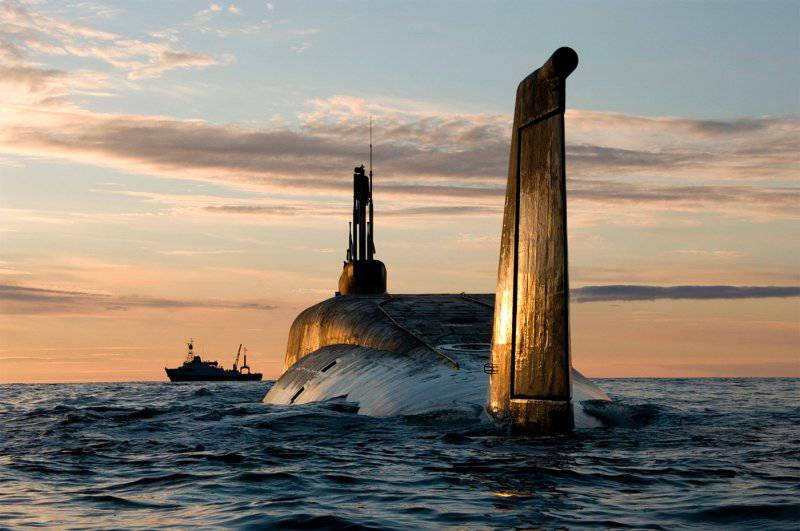
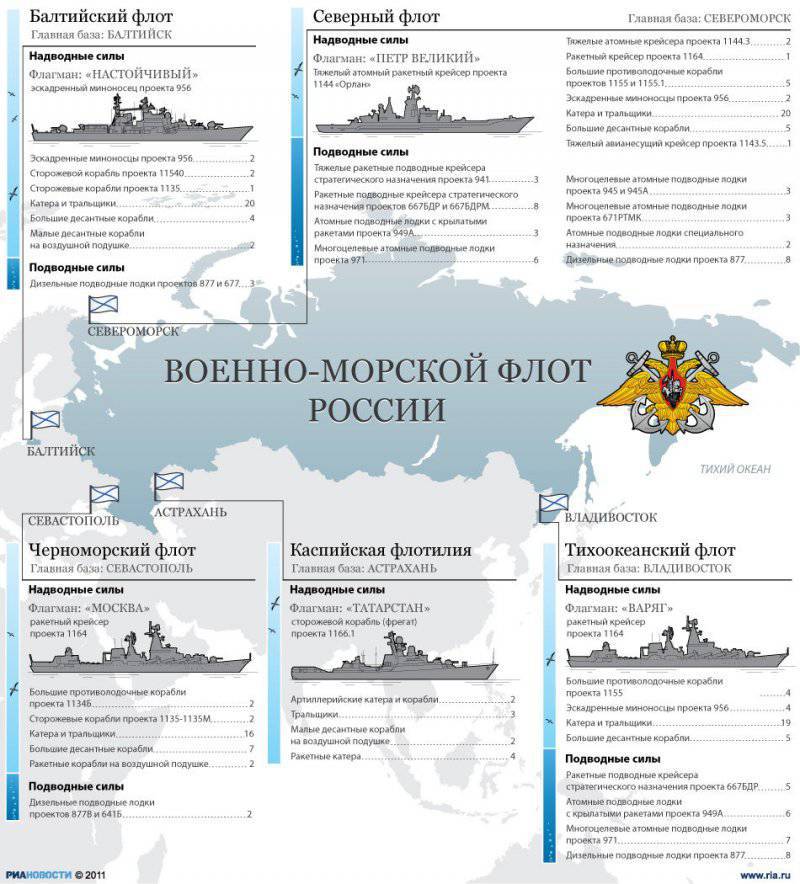
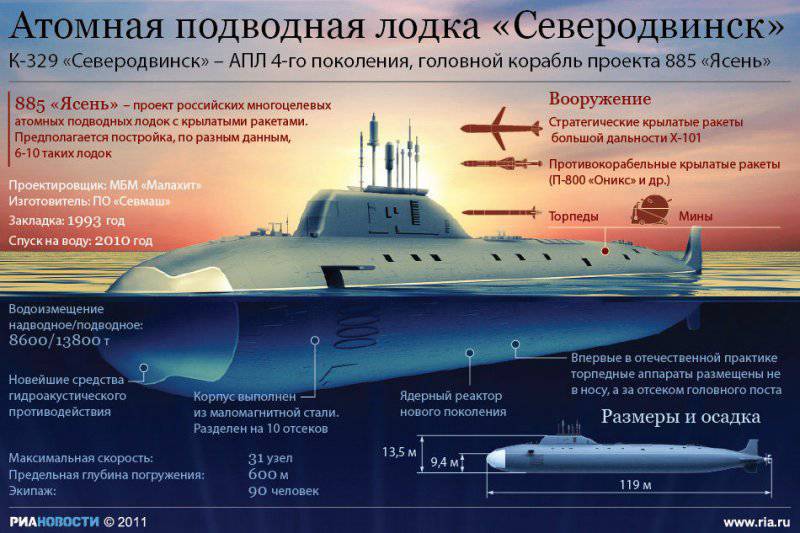
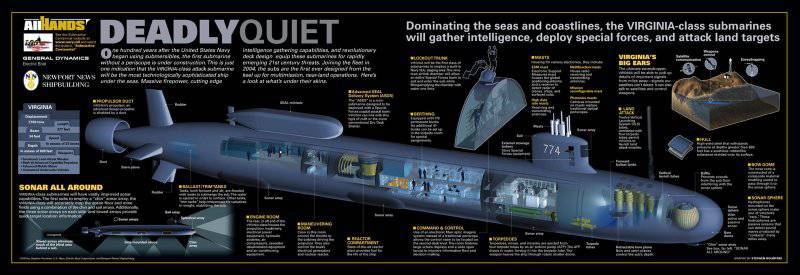
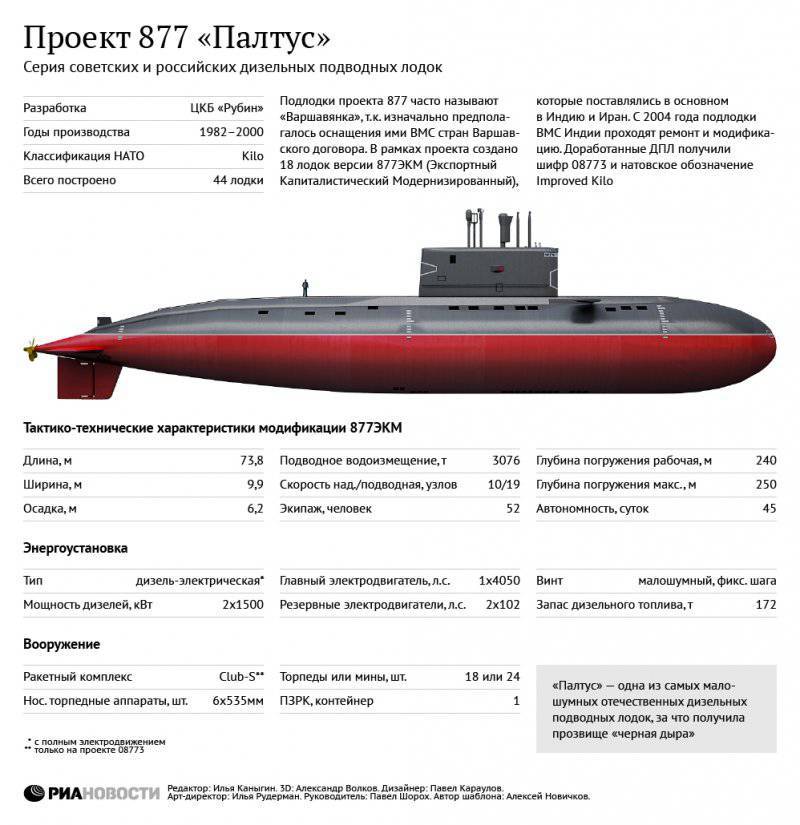
Information